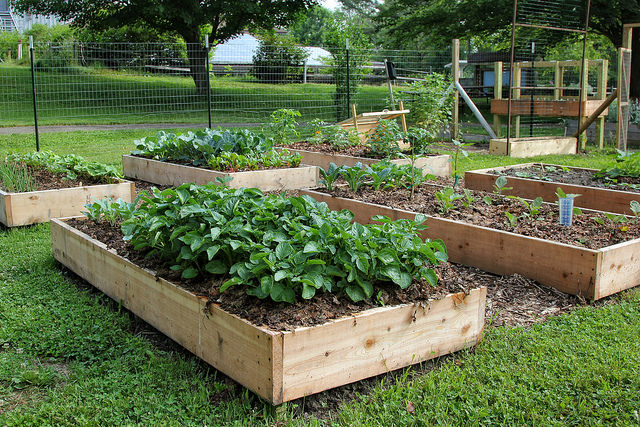I turned up my chin, inhaled deeply, and was transported. Though I’ve now lived out of my hometown longer than I lived in it, the smell of September is unmistakable. Grapes, wafting from the vineyards, into town, and permeating the buildings. It is the scent of harvest, and soon grapes will be part of the autumn diet.
Well, they are already part of the diet for some. The deer relish grapes and have managed to eat all the ones they can reach at home. I might get a few, but my hopes of homegrown, homemade grape jelly are dashed for this year thanks to the four-legged harvesting machines.
The apples fare better simply because they are higher off the ground. Once on the ground though, it now becomes a daily task to get to them before the deer find them. It is even more of a race with the pears. Deer will walk by dozens of laden apple trees to snack on the pears. I got lucky this year, though. A storm brought many of the pears down and continued through morning so that I was the first one past the tree. I’ve got some lovely pear jam and canned pears to show for my unanticipated harvest that day.

Audubon Kitchen Garden with fencing.
The list of what the deer eat can be summed up with one descriptor: anything we have touched, fruit and foliage alike. The corn, beans, squash, soybeans, potatoes, raspberries, grapes, branches of the new fruit trees (one deer has figured out that if she pushes on the cage it eventually tips over to expose the young branch ends), barley, wheat, oats, chickpeas, buckwheat, even the tomato tips that poke through the garden fence. Insatiable.
And what the deer miss, the rodents are happy to snatch. The beets were mostly chewed to nothing by the voles and the chipmunks found the ground cherries early on, once again destroying my dreams of making ground cherry jam. And I don’t think I’ve ever actually harvested a strawberry for myself.
Harvest season is a rich one, and the animals have no job to go to most of the day and can work in shifts and so spend day and night pillaging my harvest. I’ve read in old accounts of old gardening journals and wisdom that you plant 1/3 for yourself, 1/3 for the neighbors, and 1/3 for the wildlife. Well, apparently the wildlife think they are the neighbors too, and greedy ones at that because for some products, like the sunflowers and field corn, we got perhaps a half a percent rather than the 33% we should have.
Gardening with wildlife is frustrating, but also beneficial. Those insects out here flying about are what makes a lot of the food I want. I wouldn’t get very far trying to pollinate with a paintbrush. And the toads that live in the garden are happy to gobble up the just emerging beetles from the ground intent on eating my crops. The big garter snake preys on the voles and the mice, and hopefully there is an even bigger one lurking to handle the chipmunks. The birds fly in and eat their fair share of insects and weed seeds.

Jars stored away after canning.
There are ways to garden with wildlife so that everyone gets their third, though I haven’t quite reached that ideal ration yet. Fences help quite a lot. I use a wire livestock fence with chicken wire mesh at the bottom. Keeping the ground mowed around the garden deters the rodents from moving in as they are subject to open areas, which are hopefully filled with predators.
Row covers are helpful for insects pests like the cabbage white caterpillars and flea beetles, and can also protect tender sprouts from birds who would otherwise pluck out the kernels. Berry netting is handy to keep birds of grain and well, berries.
Of course, there are the other joys of having wildlife in the garden. Watching the nest of young Song Sparrows grow and thrive. Uncovering toads while weeding that you likely rescued from the plastic pond whose sides were too slick to allow escape. Witnessing the occasional Common Yellowthroat searching for bugs by the compost pile, or the Scarlet Tanager lured in by the ripening cherries.
And when all is said and done, though I have much less food than I hoped, I have some, and enough to share with the neighbors. Others were more successful, thank goodness, and the farmers markets and stand provide me with some of the things that I was trying to grow. And it all sits in jars on my pantry shelves waiting for the lean days of winter, when I can open a jar of brilliant colored jam or preserves and inhale, transported back to harvest season, my favorite.
Audubon Community Nature Center builds and nurtures connections between people and nature. ACNC is located just east of Route 62 between Warren and Jamestown. The trails are open from dawn to dusk as is Liberty, the Bald Eagle. The Nature Center is open from 10 a.m. until 4:30 p.m. daily except Sunday when it opens at 1 p.m. More information can be found online at auduboncnc.org or by calling (716) 569-2345.
Sarah Hatfield is a naturalist at ACNC.


Recent Comments